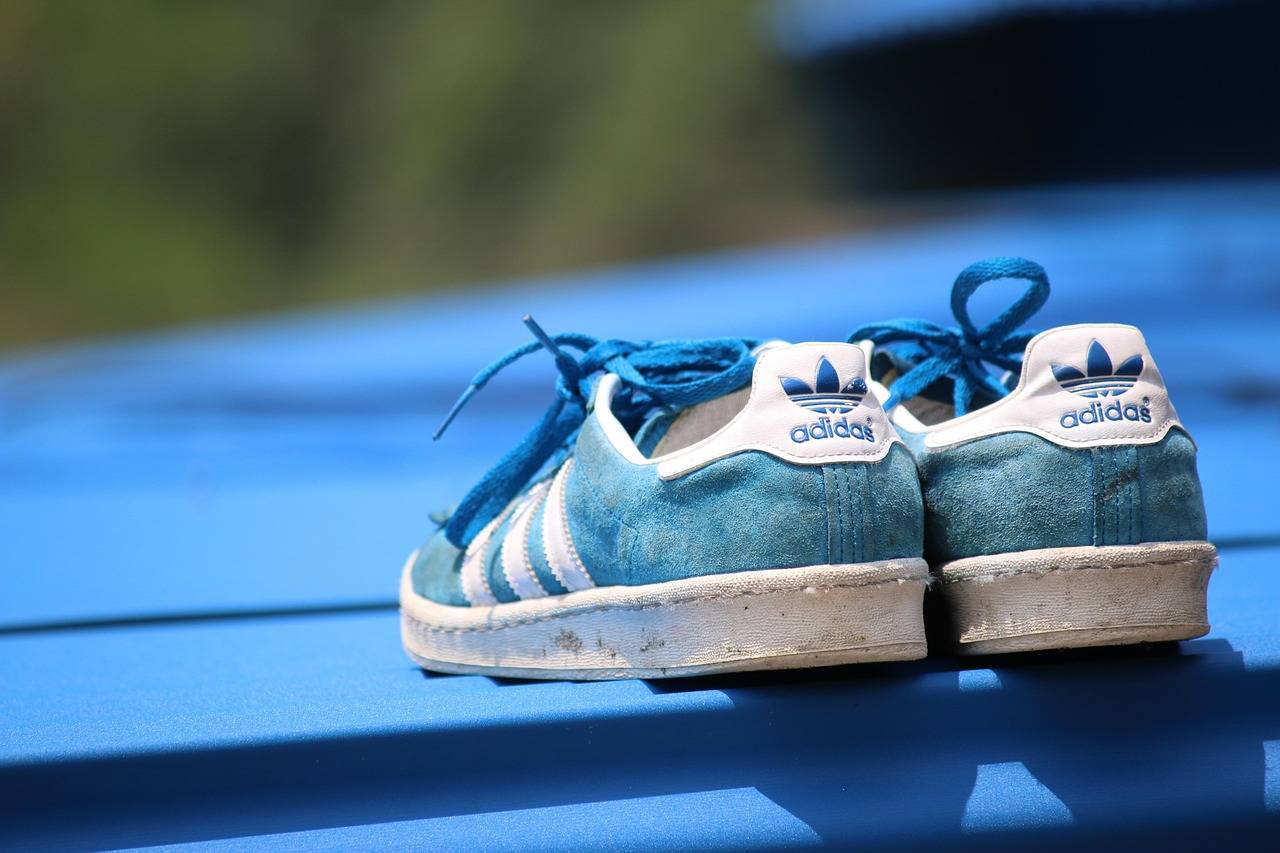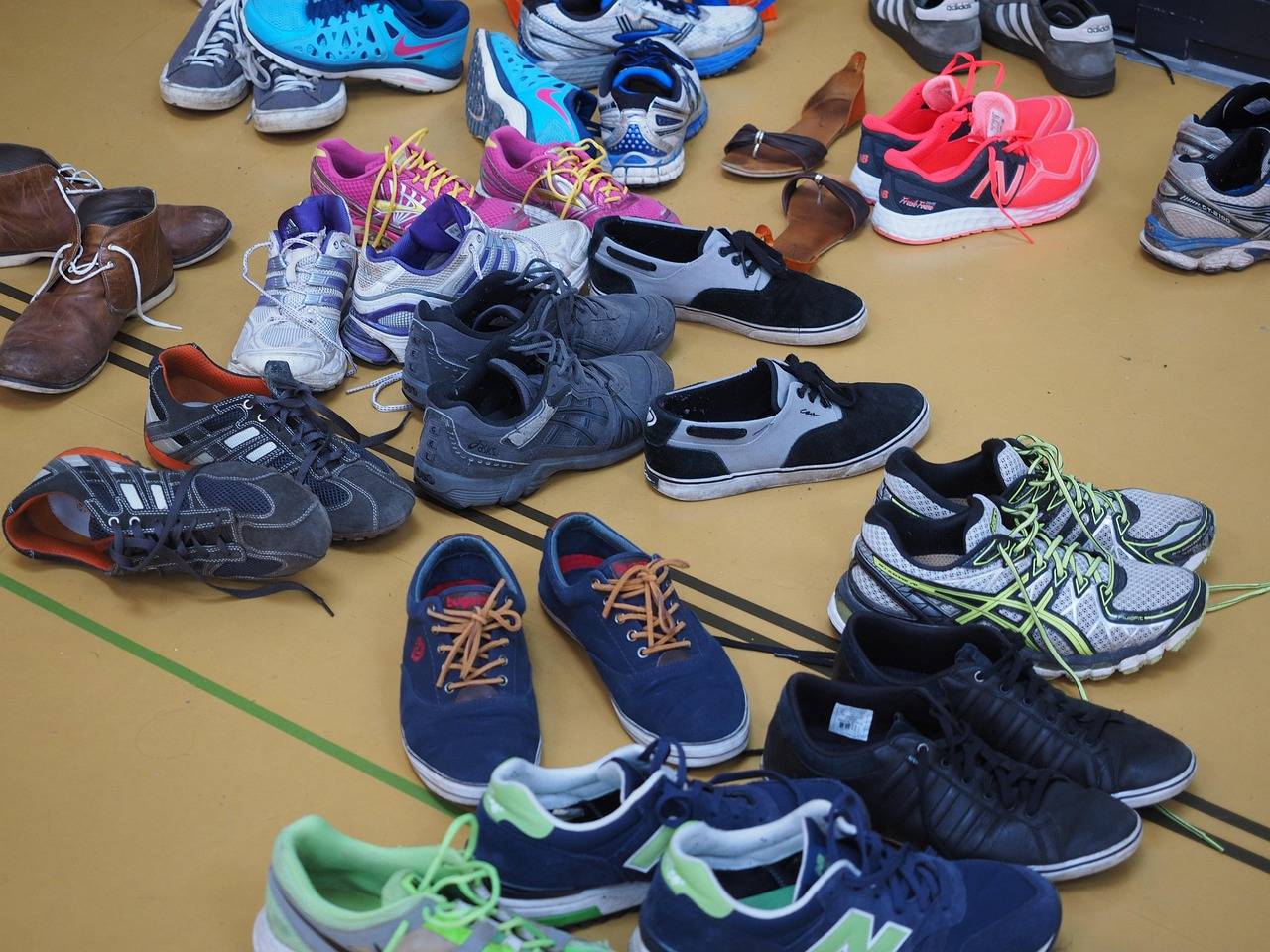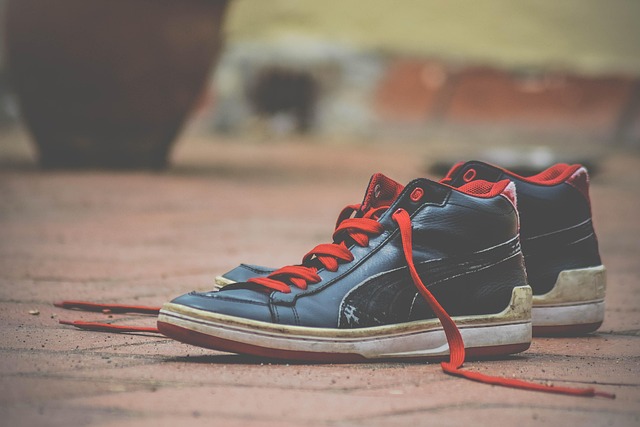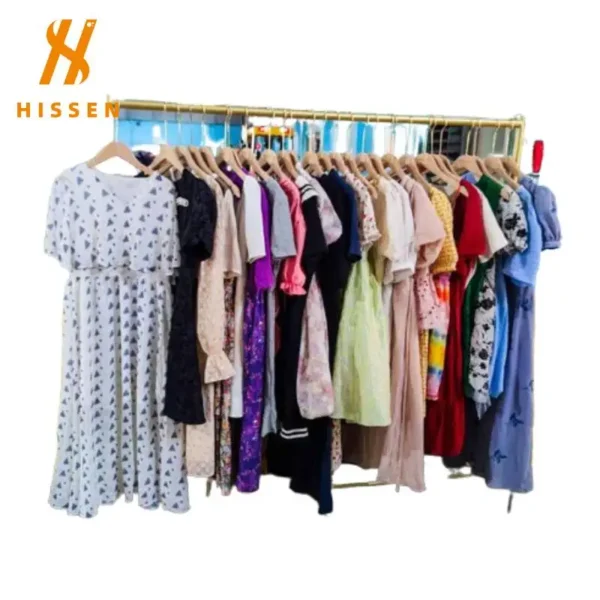I. Introduction
For B2B buyers, sourcing Used Brand shoes wholesale can be a profitable business model. The resale market continues to grow, and with it, the demand for high-quality pre-owned footwear. However, buying in bulk carries risks if the shoes are not properly vetted for condition, authenticity, or resale value. Quality assurance becomes the backbone of long-term success in wholesale sourcing. Without it, businesses face higher return rates, unsellable inventory, and damaged buyer relationships.
This guide provides a clear roadmap for ensuring quality when sourcing Used Brand shoes wholesale. From understanding industry standards to selecting trustworthy suppliers, every step is designed to help B2B buyers safeguard their investment and build a stable, reputable supply chain.

II. Understanding Quality Standards and Grading of Used Shoes
One of the most important steps in wholesale sourcing is recognizing how second-hand footwear is classified. In the resale market, shoes are typically graded according to wear, appearance, and condition. While specific grading systems may vary from supplier to supplier, they often share the same principle: separating shoes that are resellable from those that are not.
For example, some suppliers may describe stock as “like new,” “gently used,” or “heavily worn.” As a B2B buyer, it is crucial to clarify these grading terms in advance and confirm what qualifies under each category. This prevents misunderstandings and ensures the batch you receive aligns with your customer expectations.
Why Grading Consistency Matters
High-quality sourcing depends on more than appearance—it also includes functionality. Even if a shoe looks good, the outsole, seams, or insoles may show wear that affects usability. Buyers should ensure that suppliers adhere to clear grading criteria and that these standards remain consistent across shipments.
Many wholesale buyers also explore opportunities in sourcing pre owned designer shoes, where grading standards are equally critical to ensure resale value.
III. Choosing Reliable Suppliers
The success of wholesale sourcing depends largely on the quality of your supplier network. A trustworthy supplier is not just a seller of goods but a strategic partner who understands B2B needs.
When evaluating suppliers for Used Brand shoes, consider factors such as:
Reputation and credibility: Established suppliers with positive references are more likely to deliver consistent quality.
Transparency: A reliable supplier is upfront about sourcing methods, grading criteria, and return policies.
Long-term collaboration: In wholesale, consistency matters. A supplier who can provide steady batches of quality products is more valuable than one offering sporadic deals.
Testing Suppliers Before Large Orders
Before committing to a large order, it’s often best to test the waters with smaller consignments. This allows you to evaluate the condition of the shoes firsthand and establish trust with the supplier. Over time, these trial runs form the foundation of a stable sourcing relationship.

IV. Building an Effective Quality Inspection Process
Wholesale sourcing is not complete until the products have undergone a thorough inspection. Even when buying from reputable suppliers, mistakes can occur. An internal inspection system helps prevent low-quality goods from entering your distribution channels.
Steps in a Reliable Inspection
A reliable quality check should include:
Visual inspection: Identifying visible wear such as scuffs, stains, or structural issues.
Functional testing: Ensuring the shoes remain wearable, with intact soles, laces, and closures.
Sorting and categorization: Separating items that meet resale standards from those that require repair or removal.
For B2B buyers, implementing a systematic inspection process is essential. It reduces the risk of distributing unsellable stock to your clients and protects your brand reputation in the resale industry. Additionally, recording inspection results builds accountability and provides documentation if disputes with suppliers arise.
V. Protecting Against Counterfeits and Unsellable Products
One of the major risks in wholesale sourcing is the circulation of counterfeit products. Fake items not only harm profitability but also expose businesses to legal and reputational damage. Buyers sourcing Used Brand shoes wholesale must develop strategies to detect and avoid these risks.
Key Practices Against Fakes
Some key practices include:
Working with vetted suppliers only: Avoid unverified marketplaces or unknown distributors.
Training staff to spot fakes: Details like stitching, logos, and packaging often reveal authenticity.
Establishing return agreements: In case counterfeit or unsellable stock appears, contracts should allow for refunds or replacements.
Equally important is monitoring for shoes that are too damaged to resell. Even if they are authentic, excessively worn footwear diminishes customer trust. By filtering out such stock early, you maintain the quality integrity of your wholesale operation. Working with trusted suppliers also helps buyers avoid risks when sourcing second hand branded shoes wholesale for resale markets.

VI. Safeguarding Your Business Through Contracts and Insurance
In B2B transactions, clear agreements are critical. A well-drafted contract not only secures your rights but also establishes accountability on the supplier’s side. Contracts should clearly define:
- Grading and quality expectations
- Return or replacement policies
- Delivery timelines
- Dispute resolution mechanisms
Why Insurance Matters
Beyond contracts, insurance can provide an extra layer of protection, particularly for larger shipments of Used Brand shoes. Freight insurance safeguards against loss or damage during transit, while liability insurance protects your business against unforeseen claims. These legal and financial safeguards help minimize risks in wholesale operations and strengthen buyer-supplier relationships.
VII. Conclusion
Sourcing Used Brand shoes wholesale offers B2B buyers significant opportunities—but only if quality is consistently guaranteed. By understanding grading standards, selecting reliable suppliers, implementing inspections, guarding against counterfeits, and securing contracts, businesses can build resilient sourcing strategies.
Quality assurance is not a one-time action but an ongoing process. The more proactive a buyer is in setting standards and enforcing them, the stronger the foundation for long-term success. In wholesale, trust and quality go hand in hand—and those who prioritize them will stand out in an increasingly competitive resale market.



